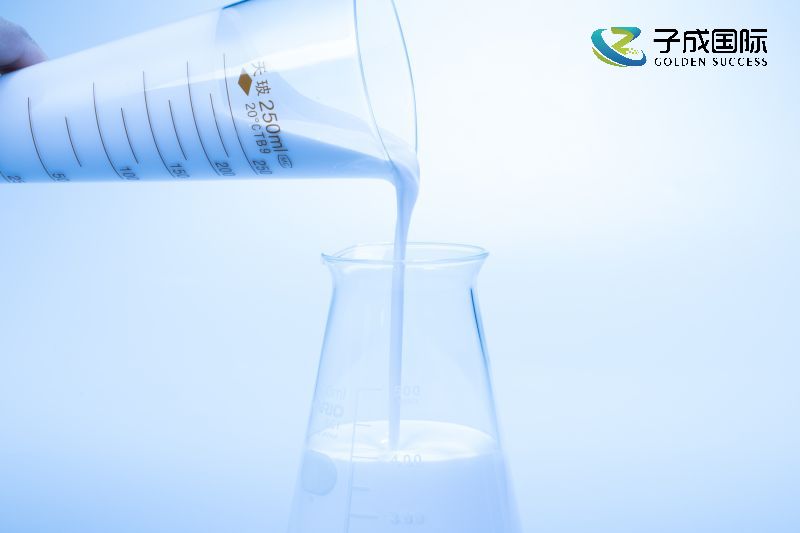Wetting agents can significantly reduce the surface tension of coatings, and their mechanism of action is mainly reflected in the following aspects:
Wetting agents typically have a specific molecular structure composed of hydrophilic and oleophilic groups (also known as hydrophobic groups). This amphiphilic property allows wetting agent molecules to preferentially align at the interface between the coating and the substrate or air. The hydrophilic groups face towards the interior of the coating, while the lipophilic groups face towards the substrate or air, effectively reducing the surface tension between the coating and the interface.

Surface tension is a macroscopic manifestation of the intermolecular interactions on the surface of a liquid, which affects the wetting, spreading, and other properties of the liquid. Wetting agents can quickly migrate to the interface between the coating and the substrate or air, and reduce the dynamic surface tension of this interface through their molecular structure characteristics. Dynamic surface tension refers to the surface tension value of a liquid under specific conditions (such as stirring, flow, etc.), which has a significant impact on the wetting performance of coatings. Wetting agents reduce dynamic surface tension, making it easier for coatings to spread on the substrate during application, forming a uniform coating.
Wetting refers to the process in which a fluid (such as paint) replaces another fluid (usually air) on a solid surface. Wetting agents improve the interfacial wettability between coatings and substrates through their unique molecular structure and mechanism of action. They can form a thin wetting layer between the coating and the substrate, making it easier for the coating to penetrate into the tiny bumps and depressions on the substrate surface, thereby improving the adhesion and smoothness of the coating.
During coating construction, foam may be generated due to mixing, pumping and other operations. The existence of foam will affect the wettability and application effect of coatings. Some components in wetting agents have anti foaming effects, which can reduce the dynamic surface tension of coatings, thereby reducing the formation and stable existence of bubbles. In this way, the coating is less likely to bubble during the construction process, which can better wet the substrate and form a uniform coating.
In practical applications, such as water-based wood coatings and water-based industrial coatings, it is often necessary to add substrate wetting agents to improve their wetting properties. These wetting agents such as HY-6083 can significantly reduce the surface tension of coatings, improve the wetting and spreading properties of coatings on substrates. By adding an appropriate amount of substrate wetting agent, the coating can be better spread on the substrate during the construction process, forming a flat and uniform coating, thereby improving the appearance and performance of the coating.
In conclusion, the wetting agent can reduce the surface tension of the coating through its molecular structure characteristics, reduce the dynamic surface tension, improve the interfacial wettability and inhibit the formation of foam, so as to improve the wettability and application effect of the coating.

 English
English
 Chinese
Chinese Vietnamese
Vietnamese
 HOME
HOME
 PRODUCT
PRODUCT
 NEWS
NEWS
 CONTACT
CONTACT


